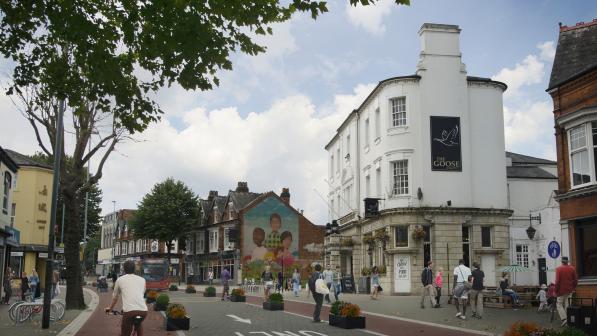The case for cycling: How more movement builds more houses
By Cycling UK

This campaigner briefing is based on the findings of a report called Move Free, written by the think-tank and urban consultancy Create Streets, published in March 2024. Cycling UK commissioned the report from Create Streets in order to explore how making it easy to get around towns and cities in as many ways as possible has a positive impact on our lives.
This briefing provides evidence and arguments on how putting cycling and walking at the forefront of developments helps to build more houses.
Key argument points from the Move Free report:
- Giving people the freedom to choose how they move builds more homes: current parking minimums significantly limit housing density and lock residents into a car-centric life. The UK’s current average of only 28 dwellings per hectare is well below historical standards. Victorian and early 20th century neighbourhoods developed at densities of 50 to 75 homes per hectare and those walkable and cyclable areas are often the most desirable neighbourhoods.
- Using greenfield land more efficiently: by reducing parking minimums and repurposing road space we can double housing output on the same land area and curb urban sprawl. In 2022, the UK could have built 220,471 homes instead of 112,240 if developments had occurred at historic densities of 55 homes per hectare, illustrating the vast untapped potential for housing expansion.
- Cheaper and more connected: reduced car ownership enabled by walkable and cyclable neighbourhoods translates to financial savings for residents, contributing to economic resilience and affordability. Walkable, cycle-friendly neighbourhoods foster community cohesion, support local economies, and promote healthier lifestyles, enhancing overall well-being and social capital.


